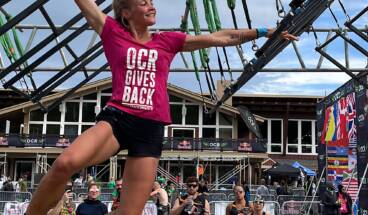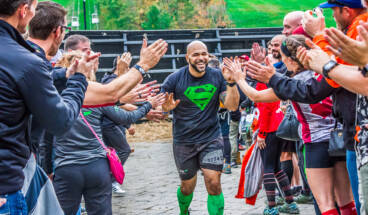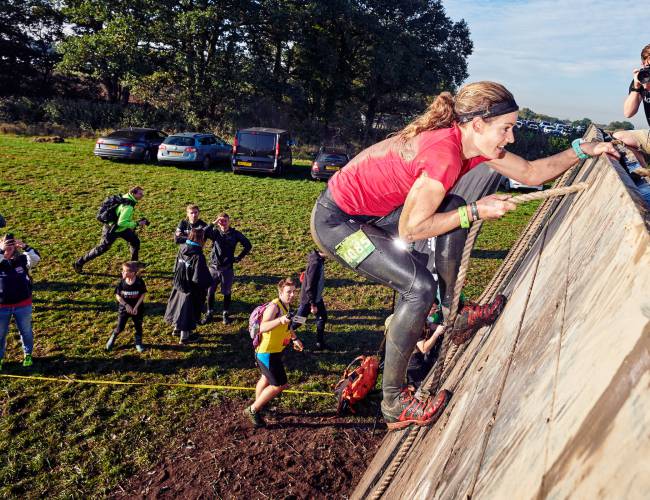
Obstacle Difficulty: Can OCR Championships Be Too Hard?
Last week I talked about obstacle difficulty for cash prize OCRs and if they can be too difficult. This week we are talking about OCR Championship level races like OCR World Championships and North American World Championships.
Before we start, the standard definitions I’m using are:
- Elite: Qualified for Pro Wave of OCRWC, but may not choose to run in the pro wave.
- Competitive: Qualified for Age Group of OCRWC.
- Open: Didn’t qualify for either.
While I think most people’s gut reaction for an OCR Championship Race is it should be the hardest of all since it is the championship, I would disagree from both a racer perspective and from a business perspective.
The thing is with championship events, the open wave no longer makes up 90+% of the racers. In fact it’s the opposite, instead of having one elite wave (like most races), there is now only one open wave (the Journeyman Division).
What further complicated things is now the majority of your market has already paid a large travel cost to simply show up at the start line. Many have trained all year specifically for this one race. This makes it more of a significant event both emotionally and financially for the year.
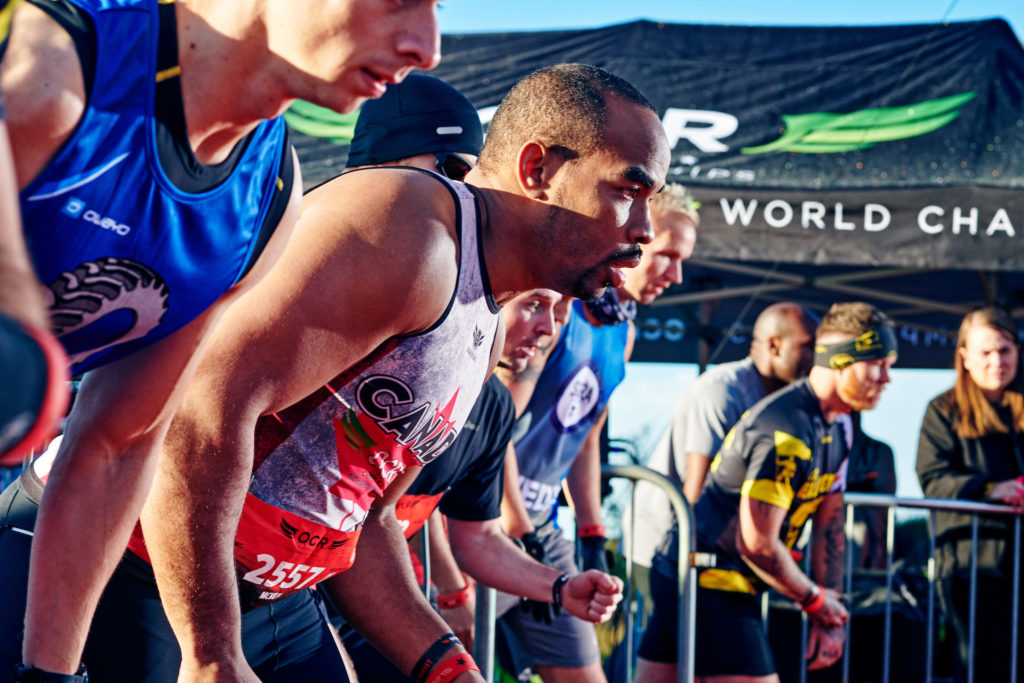
So can OCR Championship races be too hard?
Elites
Yes. This difficulty should reflect the industry as a whole. It shouldn’t be the hardest race ever, but it shouldn’t be the easiest race ever. It should be somewhere in between. If it turns into a ninja competition where athletes are slowly jogging or walking and still finishing in the top 10 overall, I would say we’ve gone too far.
I think it’s okay to have something that is more of a ninja competition at regular OCRs but the Championship should reward athletes who are well rounded, not just fast runners or not just really good at obstacles.
Competitive
Yes. These athletes just spent lots of time, money and energy to get to prepare and physically get to the race. While many may show up and fail their first year, after training and coming back they should be able to pass on subsequent tries. Just as with the elite, athletes should still be racing through the course and not “walking” onto the podium.
This does get a little tricky as you get into the upper age groups and across genders. Physiologically, a 50+ female will be weaker and slower than most 20+ year old males running in the Pro Division. However, I personally like that a band is a band regardless of if you ran pro or in the oldest age group. You both met the same standard (but we can talk about that in another article).
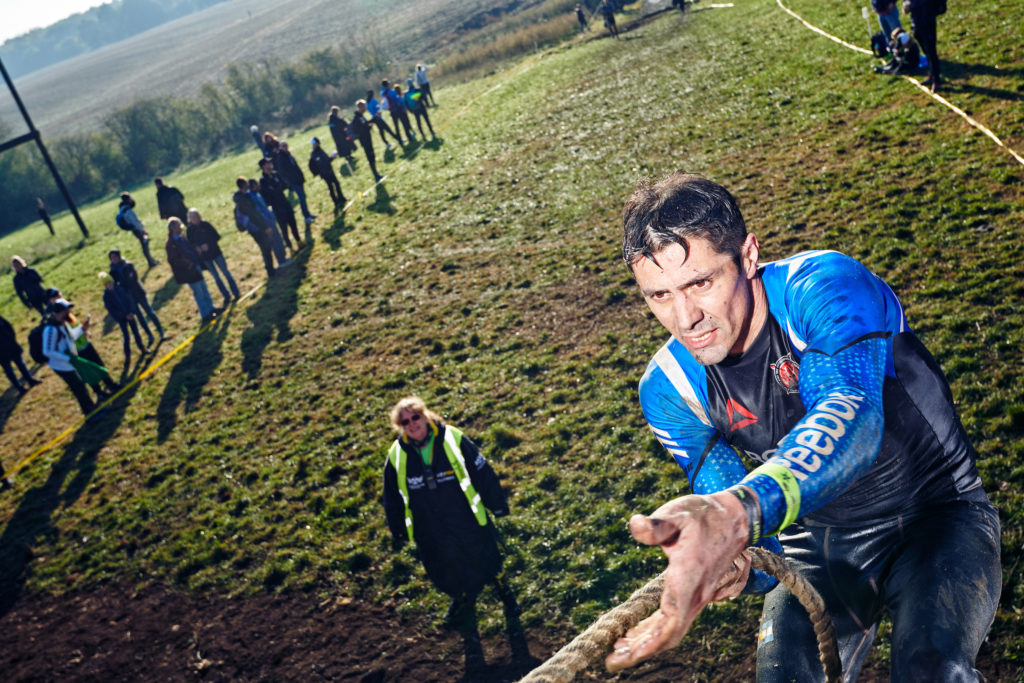
I’m sure you could cite some friends who showed up to championship races multiple years and still didn’t manage to keep a band. Well, what races were their qualifiers? If they are used to running OCRs with easy obstacles or non-mandatory completion, they might not do so well at OCRWC or North American OCR Championships.
That being said, in both the Elite (Pro) and Competitive (Age Group) categories, they are still giving away prize money that should be profit for that company….so I think the opposing point of view still has a leg to stand on. However, I’ll stand by my answer since I think the Championships should be a representative of the sport as a whole.
Open
No. By definition, these athletes didn’t qualify for the championship. Which means whatever difficulty they encounter will most likely exceed their capability.
There are no awards/prize money given to this division and they are simply there to enjoy the experience and run a course like their race heroes like Jonathan Albon, Thomas Van Tonder or Karin Karlsson.
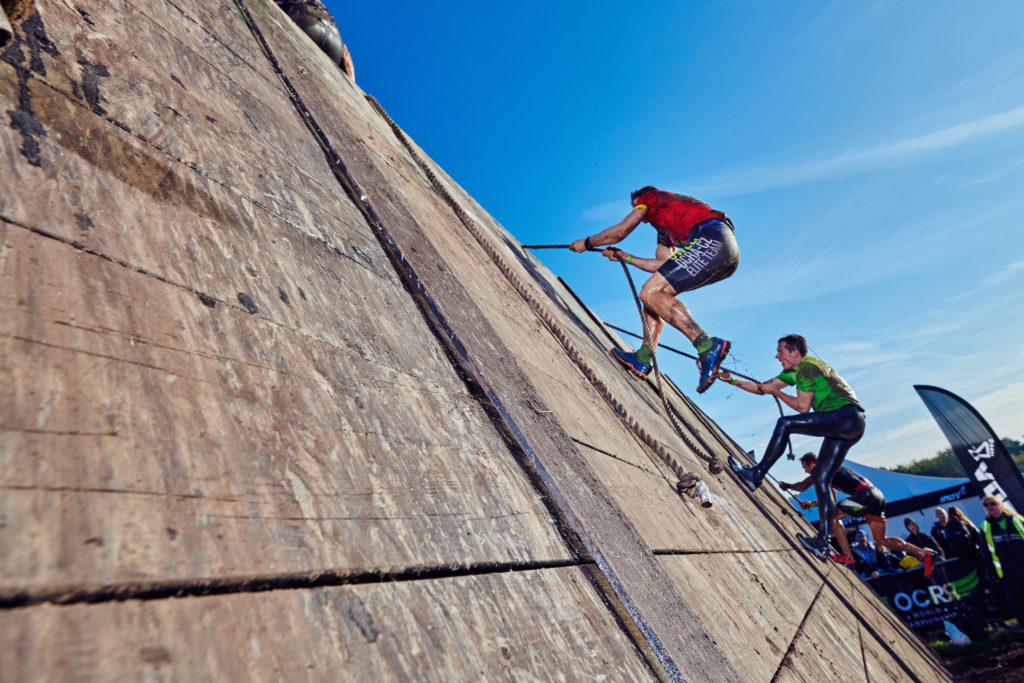
So how did the hosts of OCR World Championships and North American World Championships do?
We can argue for days on that, but in my opinion, I think Adventurey is doing great. While they may not get it perfect every time, I know from conversations with their staff, that they monitor completion rates and obstacle difficulty. The fact they are even considering these factors and recognize the importance of them is not only a good move for athletes but also a good move financially (to get athletes to come back to the event).
If the OCRWC and similar events were more like Warrior Dash World Championship, where it was impossible to fail obstacles, I think you would find people would lose interest due to it being too easy and not return to the event.
You probably could guess my answer since this is published on their website. However, if I had a different opinion, I would just publish this on one of the dozen other websites, magazines or publications I have written for.
Finishing with championship band intact should mean something. I think Adventurey continues to set the standard and trail-blaze in this new and exciting industry. Someone’s too hard will always be someone’s too easy, which will always be someone’s just right, but we will get to that topic soon.
Stay tuned, next week we talk my favorite category of the sport, Ultra-OCR difficulty.
–Evan Perperis
Evan Perperis, NSCA-CPT, is an athlete on the Conquer The Gauntlet Pro Team and author of three books on Obstacle Course Racing. Included in his 39 podium finishes is a 2nd place Pro Coed Team at the 2018 North American OCR Championships and 1st Place Team at 2018 World’s Toughest Mudder. Find more of his content at www.teamstrengthspeed.com.
